RHI Magnesita’s customers operate in energy intensive and hard-to abate industries, such as steel, cement, metals, and glass. The company’s advanced refractory products and heat management solutions can reduce emissions at customer sites through efficiency gains and the use of high-performance materials and monitoring equipment. As customers develop new technologies to eliminate CO2 emissions from their own processes, we aim to lead the refractory industry in providing the necessary support and innovation to deliver technological change.
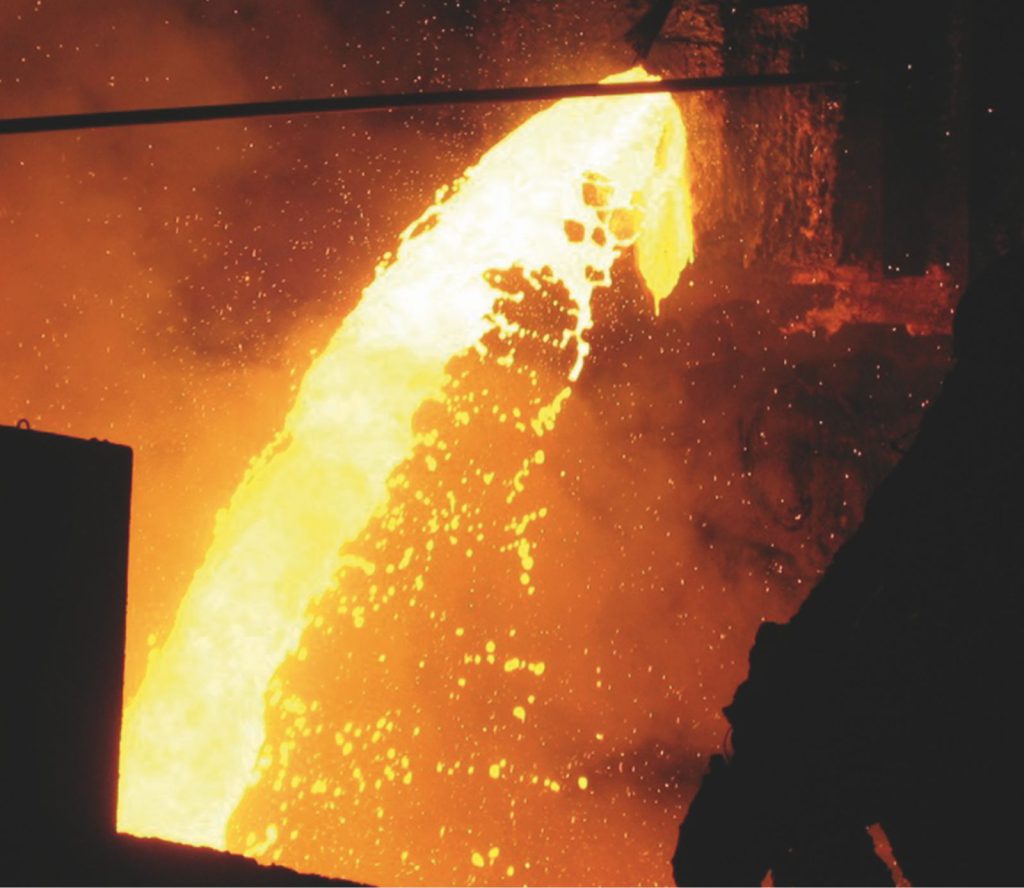
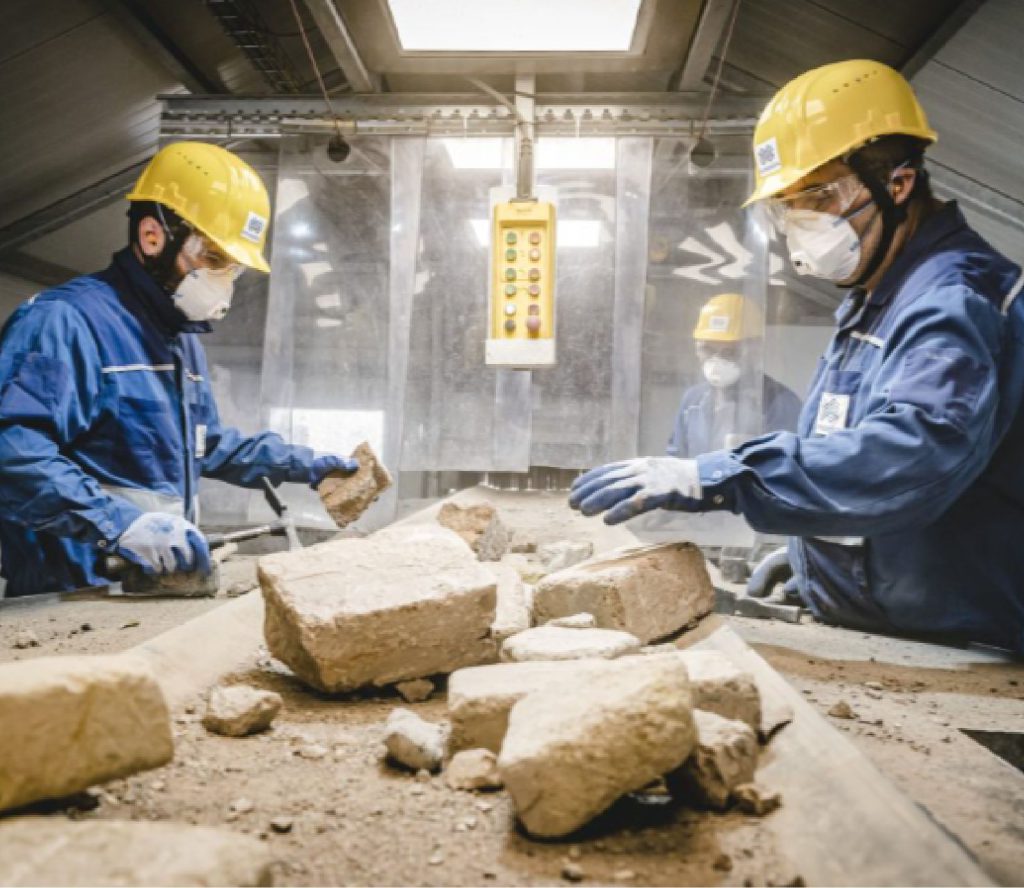
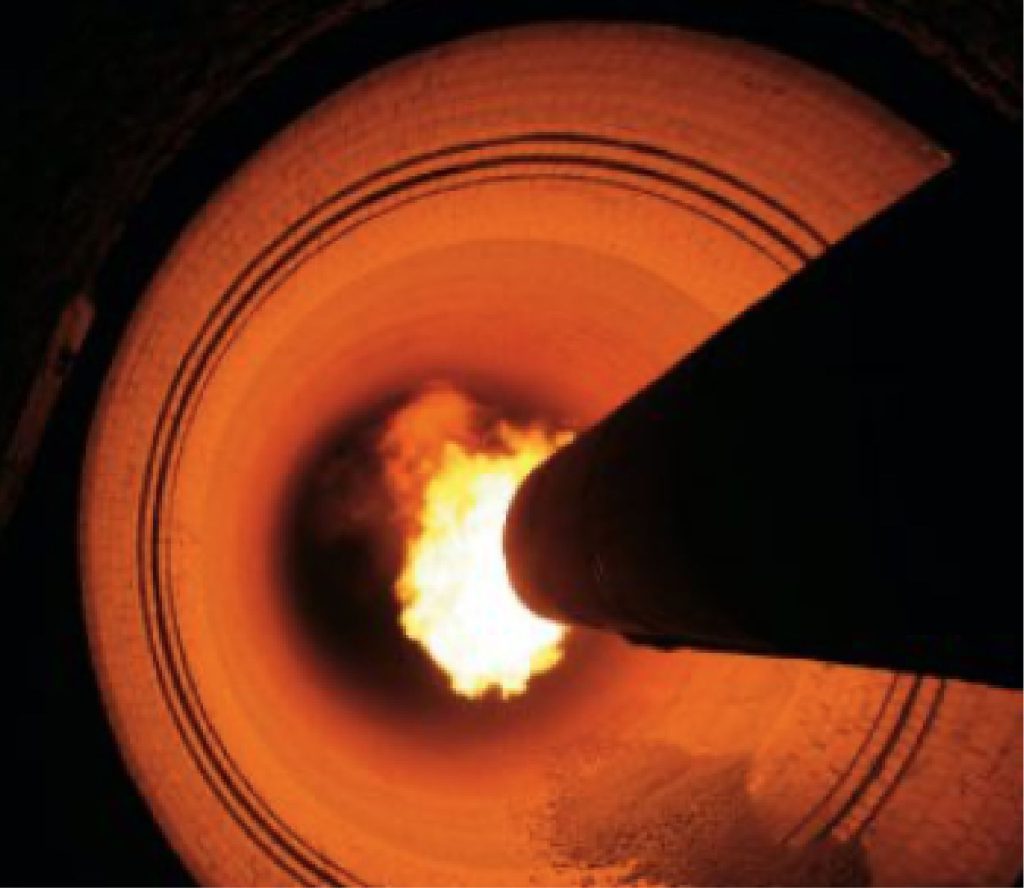
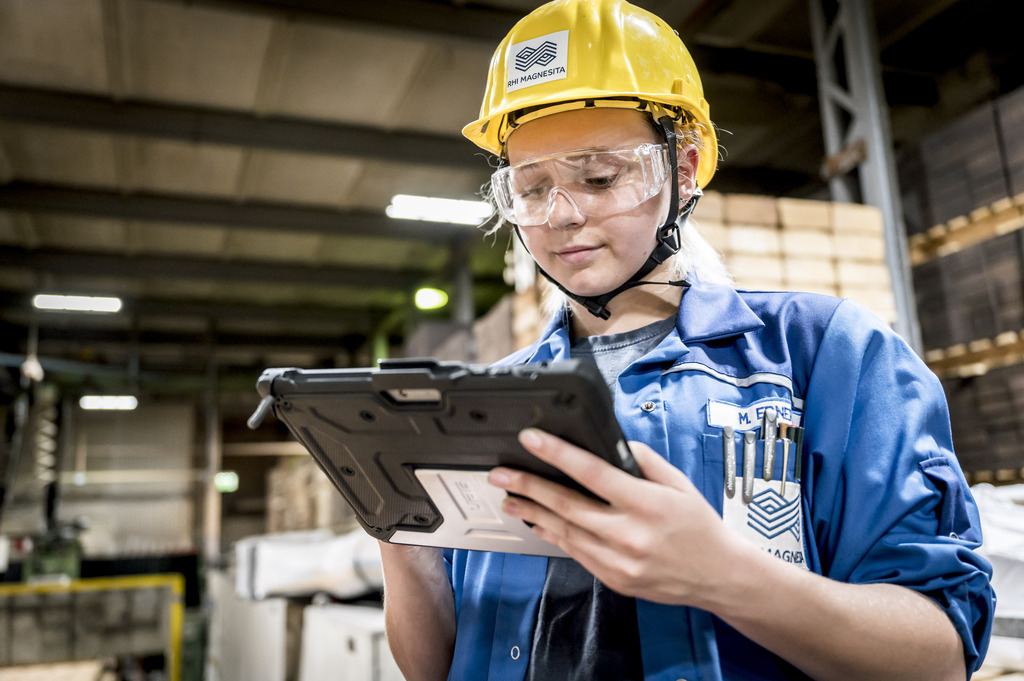
To increase transparency for our customers and to enable them to accurately calculate their own Scope 3 supplier emissions, the CO2 footprint of each of our c.,200,000 refractory products is made available in our Customer Portal. The calculations adhere to the ISO 14067 standard, encompassing “cradle-to-gate” greenhouse gas emissions, including raw material extraction and processing, refractory production and packaging.
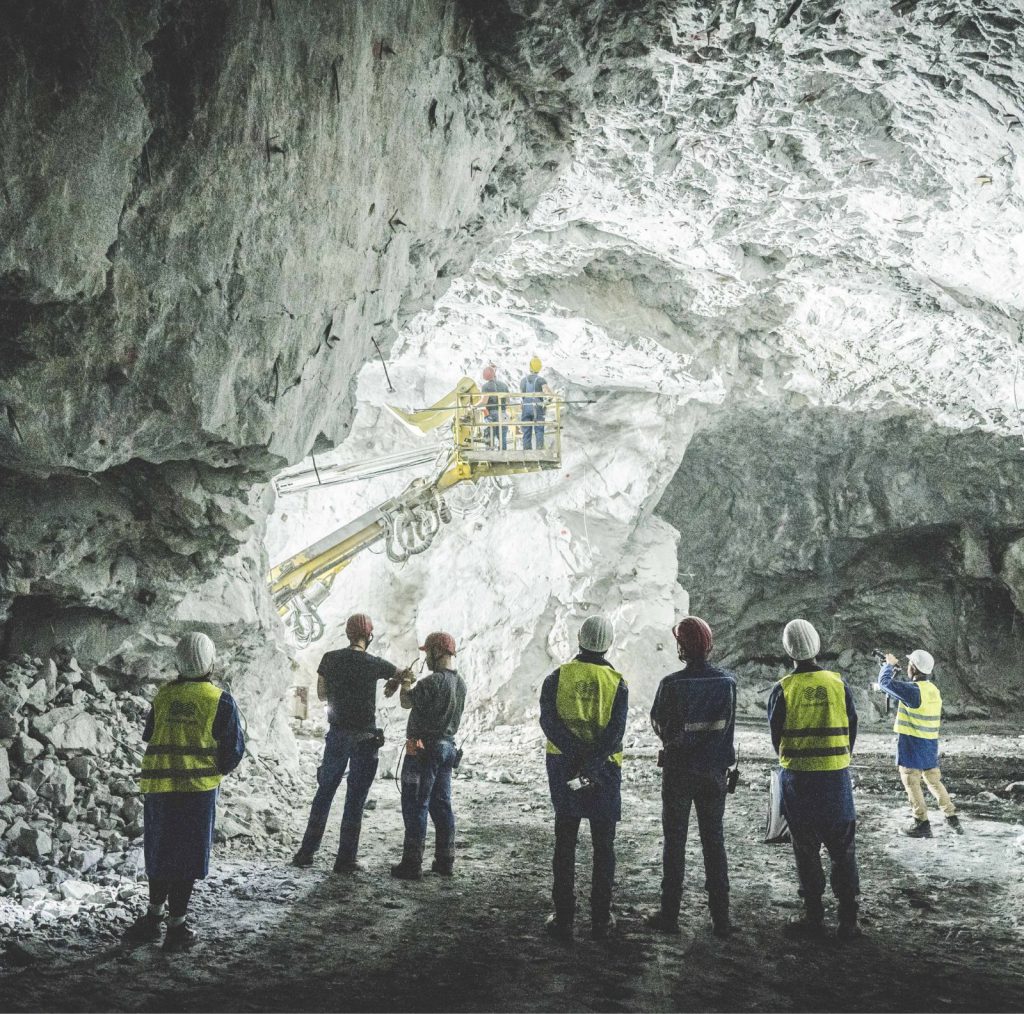
The carbon footprint includes all Scope 1 and Scope 2 emissions and part of the Scope 3* emissions associated with the manufacturing of the product. The largest share of Scope 3 emissions arises from the purchase of refractory raw materials that are not sourced from within RHI Magnesita. Limited data is available from suppliers for the carbon footprint of externally purchased raw materials and the Group is continuing to refine its estimates in this area.
* Scope 1 covers emissions from sources that an organisation owns or controls directly – for example from burning fuel in our fleet of vehicles (if they’re not electrically-powered)
* Scope 2 are emissions that a company causes indirectly when the energy it purchases and uses is produced. For example, for our electric fleet vehicles the emissions from the generation of the electricity they’re powered by would fall into this category.
* Scope 3 encompasses emissions that are not produced by the company itself, and not the result of activities from assets owned or controlled by them, but by those that it’s indirectly responsible for, up and down its value chain. An example of this is when we buy, use and dispose of products from suppliers. Scope 3 emissions include all sources not within the scope 1 and 2 boundaries.
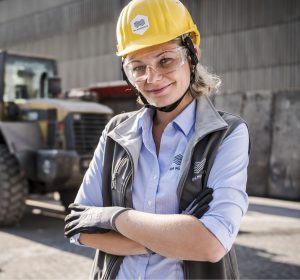
The progressive reduction of CO2 emissions has become a fundamental target for RHI Magnesita’s customers and the company aims to be the preferred refractory partner as this transition is realised. We are also committed to developing a circular economy in the refractory industry, aiming at a zero-waste product life cycle to preserve natural resources.
RHI Magnesita’s ‘Net Zero Brick’ project addresses both of these customer priorities, reducing CO2 emissions by 85% and fully utilising reclaimed raw materials to create refractory products containing up to 100% recycled raw materials, excluding graphite and binders. There are now six ‘Net Zero’ shaped products being trialed with customers in real-world conditions.
The ANKERJET XW low-carbon gunning mix has achieved an 85% reduction in carbon footprint with no loss of performance compared to conventional products. The increased use of recycled materials improves raw material availability, reduces the cost and resource-intensive process of extraction and processing, and significantly reduces CO2 emissions, with each tonne of recycled material used saving approximately two tonnes of CO2 emissions.
The Group also offers advanced refractory products which enable its customers to substantially reduce greenhouse gas (GHG) emissions by decreasing electricity and oxygen consumption and improving yield. This saves up to 13kg of CO2 per tonne of steel produced. Other solutions and products which directly contribute to CO2 emissions reductions at customer sites include cold setting mixes, Electric Arc Furnace (EAF) direct purging plugs and converter gas purging products.
RHI Magnesita offers digital solutions and associated physical equipment which achieve CO2 emission reductions through process efficiencies.
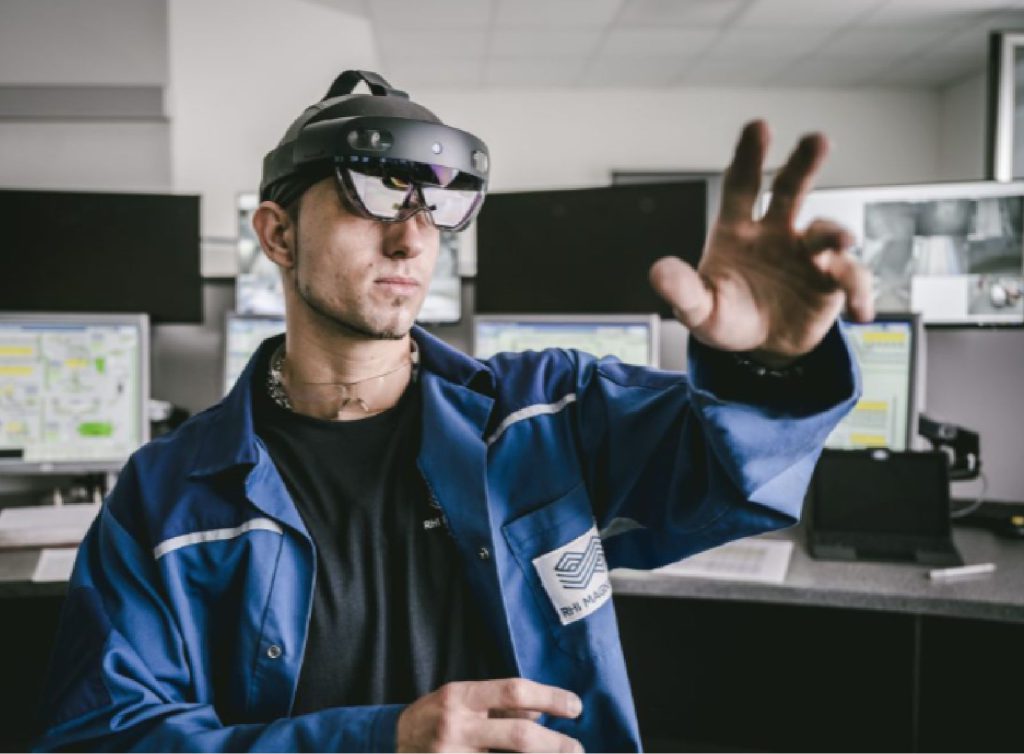
Steel production accounts for more than 7% of global CO2 emissions. It is classified as a “hard-to-abate” industry because of the high capital cost and technological challenges involved. Decarbonization is a must, and disruptive technology is key. Green steel will be a result of a fully integrated production process including the use of fossil free electricity and state-of-the-art technologies to reduce CO2 emissions. Direct Reduction (DR) and Electrical Arc Furnaces („EAF”) are the future technologies to decrease the emission from steel manufacturing.
Direct Reduction of Iron ore (“DRI”) using hydrogen is a new technology under development that seeks to eliminate CO2 emissions from the reduction of iron ore in blast furnaces using coke. If enough hydrogen manufactured from renewable sources can be accessed, and if a DRI furnace can be paired with an EAF for the second stage of the steelmaking process that is also powered by renewable energy, then CO2 emissions can be largely eliminated.
EAFs are a vital enabling technology for the reduction of CO2 emissions in the steel industry. They can be powered using electricity sourced partially or wholly from renewable energy generation and can replace the Basic Oxygen Furnace (“BOF”) phase of the traditional integrated steel manufacturing process, which is highly CO2 intensive. RHI Magnesita offers products and services which will enable CO2-intensive processes to become more efficient and therefore support emissions reductions in the global steel industry.
RHI Magnesita provides advanced refractory products specifically designed for Electric Arc Furnaces (EAFs) in addition to digital heat management solutions and services to reduce customers’ greenhouse gas (GHG) emissions.
The Group has a leading market position in EAF-specific refractories, services, and heat management solutions, in part due to the unique chemical composition of its vertically integrated raw material supply. EAF refractories produced by RHI Magnesita directly enable substantial reductions in CO2 emissions at steel plants, if the EAF output is displacing steel that would otherwise have been produced using a blast furnace and BOF.
RHI Magnesita’s customers account for a significant proportion of global carbon emissions. The steel and cement industries – which constitute 80% of our customers – represent up to 13% of global CO2 emissions. Enabling customers to reduce emissions in their production is therefore a significant opportunity. Our digital solutions for customers include:
Automated Process Optimisation (APO)
This market-leading technology offers digital kiln supervision. Stopping and starting production for maintenance checks is energy-intensive so reducing stoppages also reduces customer energy use and carbon emissions.
Growing customer demand for reduced carbon brick series
The Lafarge Holcim plant in Austria was the first customer site to pilot RHI Magnesita’s ANKRAL low-carbon (LC) bricks. With a 13% lower carbon footprint, the series is designed to support customers as they reduce emissions in their supply chain. The ANKRAL LC series includes up to 20% recycled content and its carbon footprint has been independently verified. Following the successful pilot, the bricks are now used at 22 customer sites, and the LC series is being extended to meet growing customer demand. RHI Magnesita is also developing a new brick with up to 50% recycled content. A net zero brick for the steel industry will be launched shortly.
Circular Economy Solutions – RHI Magnesita
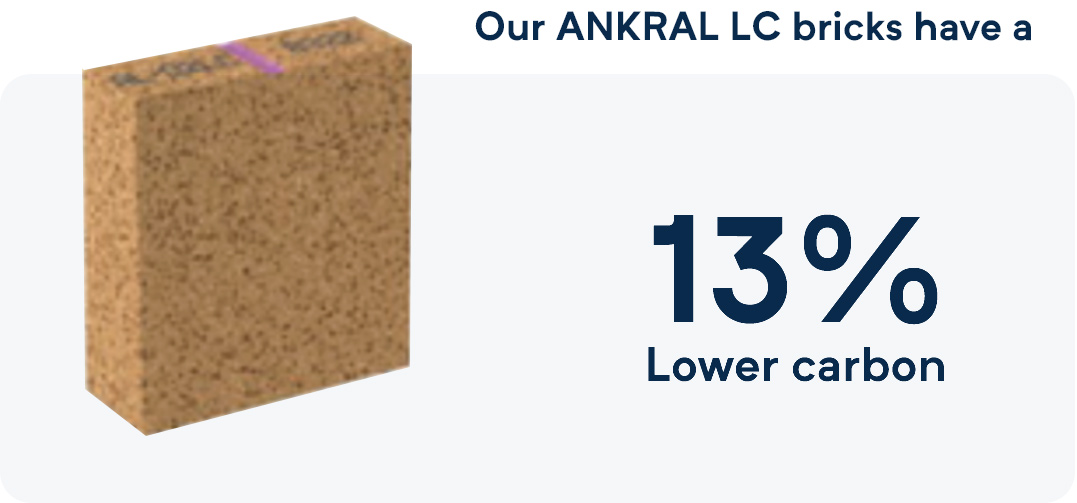
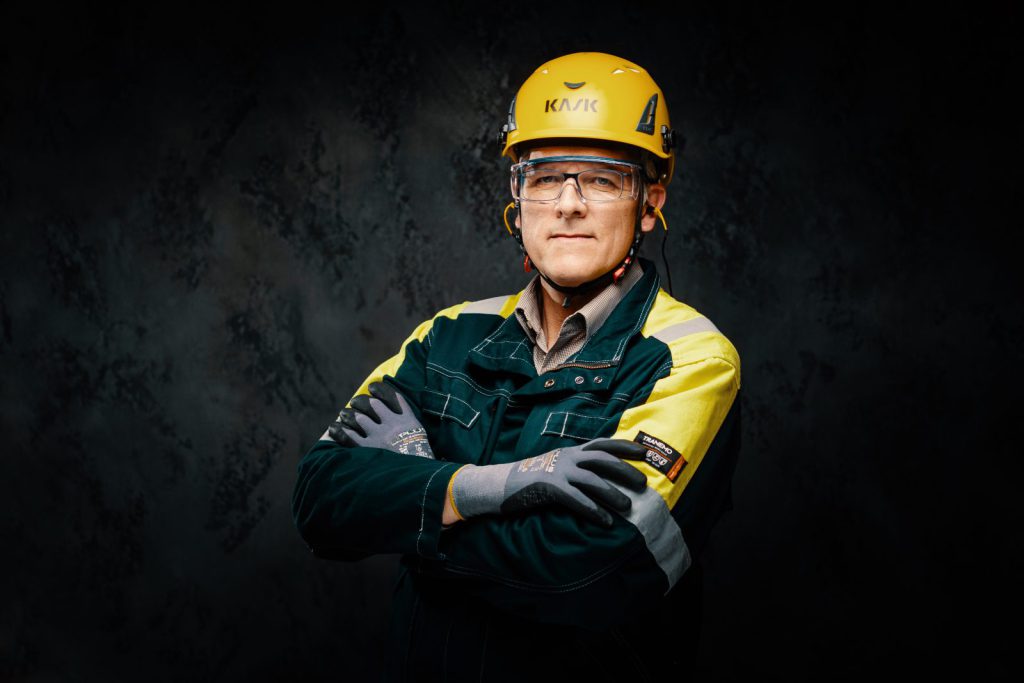
RHI Magnesita seeks to become a leader of sustainable sourcing and create sustainable value in the whole supply chain.
RHI Magnesita is committed and aims to integrate sustainability priorities into our procurement processes.
Sustainable Procurement Governance
To ensure attention and guidance from top-level management, the global sustainable procurement team reports to the Chief Procurement Officer on sustainable sourcing strategies, progress made, and the sustainable procurement roadmap ahead. The team also works closely with RHI Magnesita’s operating regions to safeguard global standards and facilitate cross-regional information flow.
Sustainable procurement experts drive the implementation of initiatives and supplier assessments in the regions and support the regional teams with their expertise.
RHI Magnesita has established a framework for supply chain due diligence to ensure ethical and compliant practices across the Group’s supplier network.
The framework comprises of three pillars:
Supplier Code of Conduct, Supplier Risk Assessment, and On-site audits.
A comprehensive Supplier Code of Conduct outlines the standards and expectations the Group holds for all partners in the supply chain. All suppliers are required to confirm compliance. The process has continued in 2023, now covering 41% of spend.
An assessment system developed with EcoVadis is used to rate potential suppliers for sustainability impacts such as energy use, CO2 emissions and waste. The ratings resulting from this assessment form an important part of the Group’s procurement decision-making process.
The initial phase of supplier assessments was started in 2021 based on contract size and risk mapping. The process has continued in 2024, now covering 55% of spend. Our target is to cover two-thirds of the supplier base by spend by 2025, including all suppliers delivering raw materials with a high CO2 intensity. Beyond that, on-site audits are also performed.
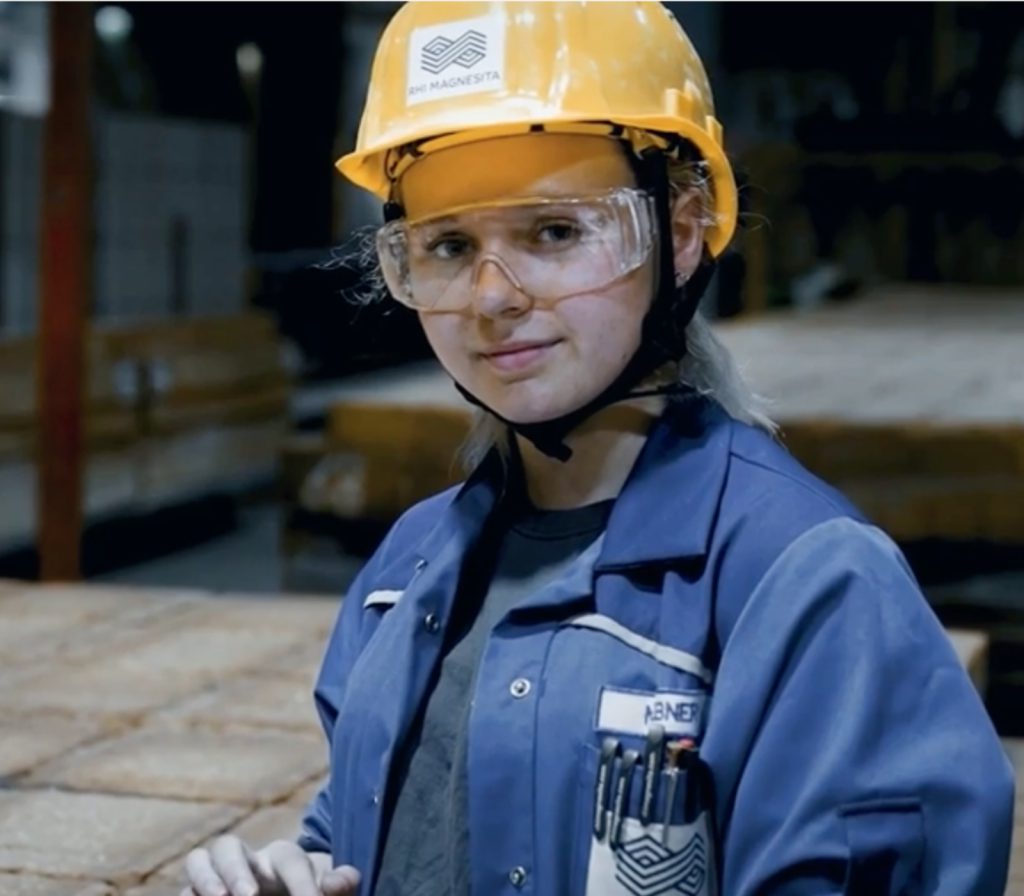
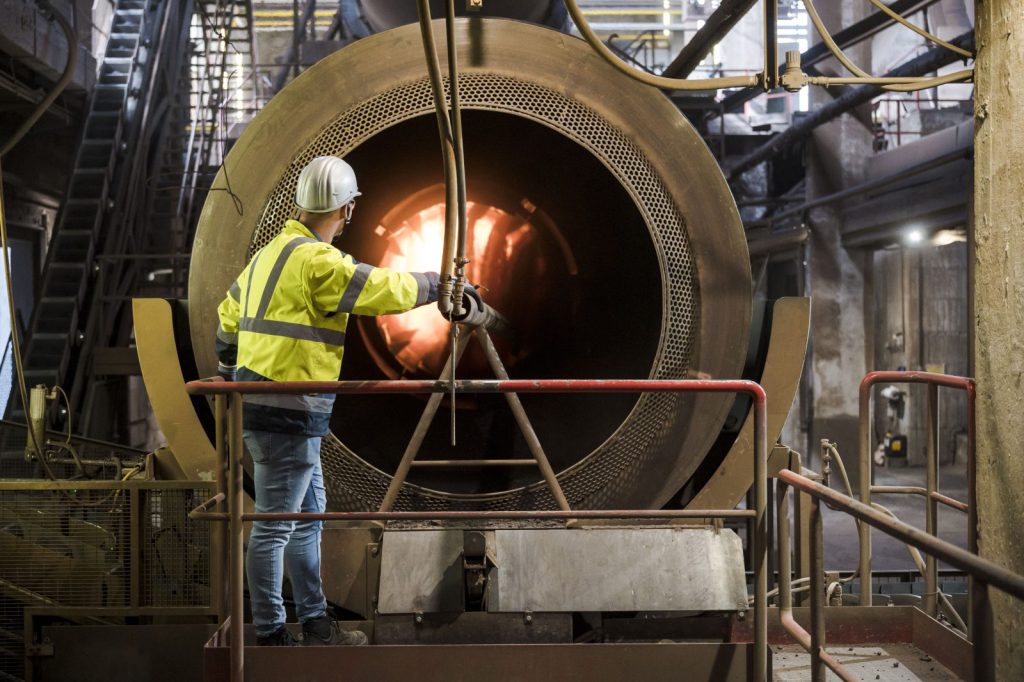
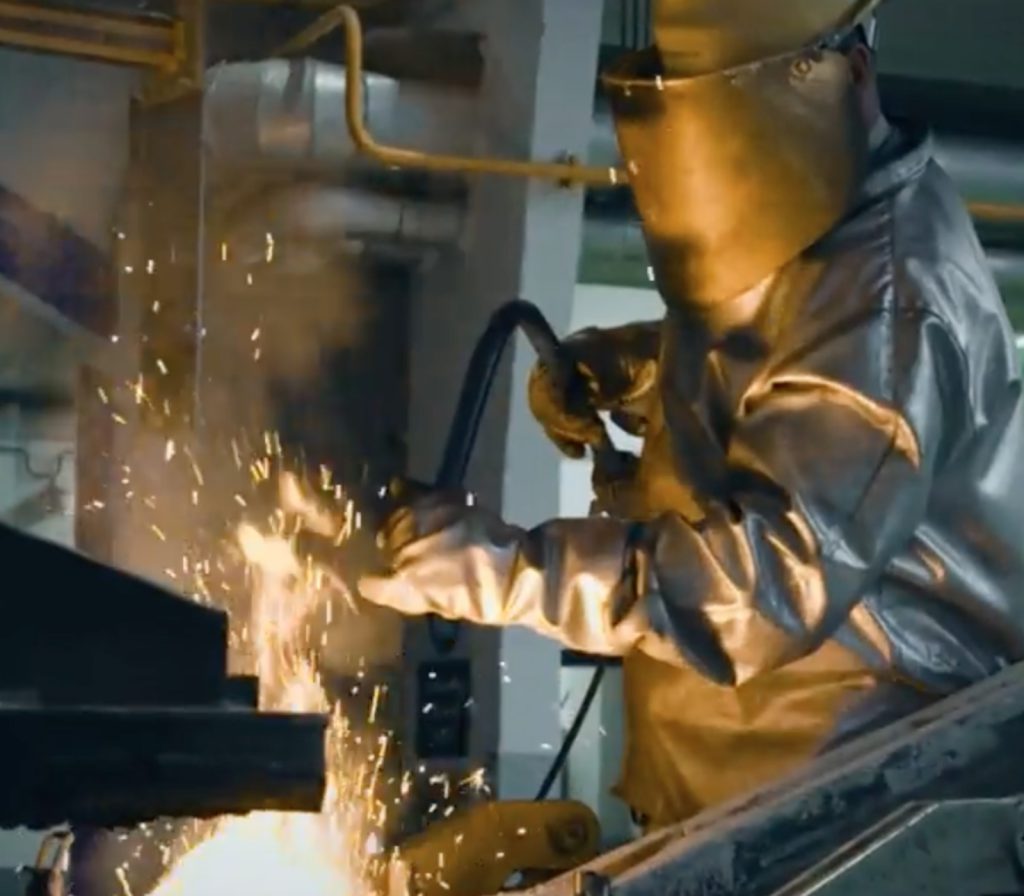
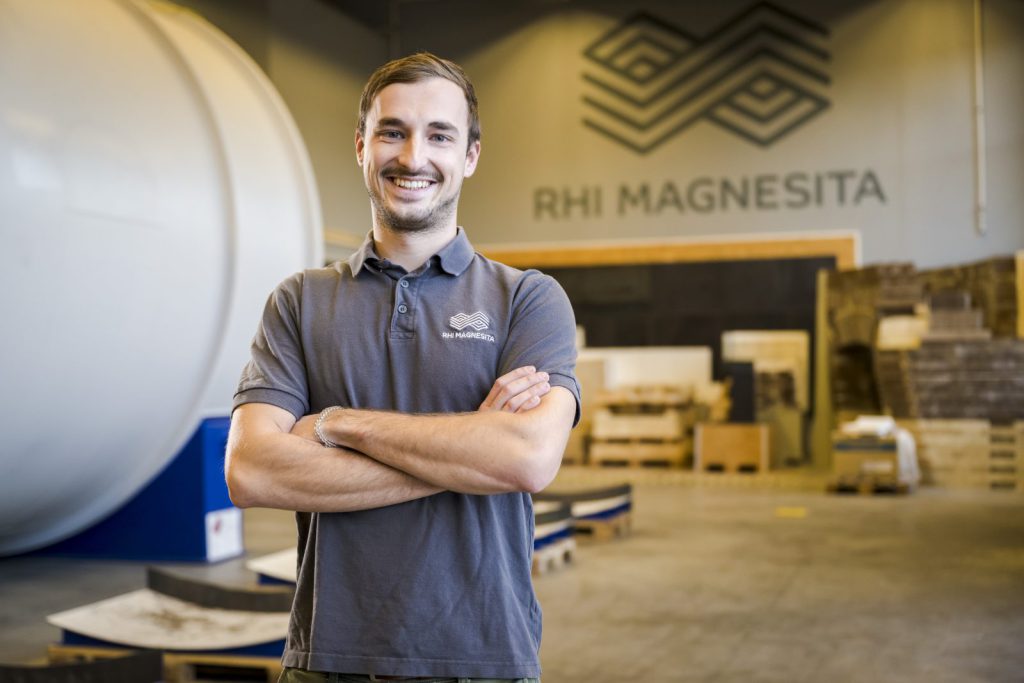
The Group conducts on-site assessments to evaluate suppliers based on product quality, Health & Safety and ESG aspects. In 2023, RHI Magnesita has significantly increased the number of on-site assessments to 42, compared to nine in 2022. The assessments were conducted worldwide, including 16 in India and ten in China.
The Sustainable Procurement department offers regular trainings on the subject of sustainability across the value chain led by company experts, ensuring that anyone involved in the procurement process is equipped to effectively communicate the reasoning and rationale of sustainability in the refractory industry.
Our supply chain due diligence training is specifically created for our suppliers to inform them and train them on our standards and current legislative requirements such as the German Supply Chain Due Diligence Act (LkSG). This resource provides clear guidance on identifying, assessing, and addressing risks related to human rights, environmental sustainability, and ethical compliance within their operations and supply chains.
RHI Magnesita is committed to shaping a more resilient and sustainable supply chain. Therefore, the Group seeks collaborations with strategic suppliers to create more sustainable goods and services, with lower environmental impact. Several collaborations in 2023 resulted in projects with positive impacts such as emission reduction in our packaging materials and optimisation of transport routes to reduce emissions.
Since the contribution of raw material extraction and processing is the largest single source of CO2 emissions in the refractory value chain, the Group is seeking to increase the accuracy of its supplier CO2 emissions data. Accurate information enables RHI Magnesita to prioritise suppliers with lower emissions to minimize Scope 3 emissions. Engagement on the subject of emissions also highlights to potential suppliers that reducing CO2 is a key priority, which is expected to drive changes in supplier behaviour and energy use in the long term.
RHI Magnesita’s stakeholders encompass individuals and groups who hold legitimate concerns related to the Group, arising from their direct or indirect business engagements. They primarily include employees, customers, shareholders, suppliers, and business partners. Furthermore, there are several other stakeholders with whom we maintain ongoing and mutually beneficial relationships.
Consistent, effective, and transparent engagement with the stakeholders helps us better understand their needs and opinions, thereby adapting the Group strategy to meet their expectations.